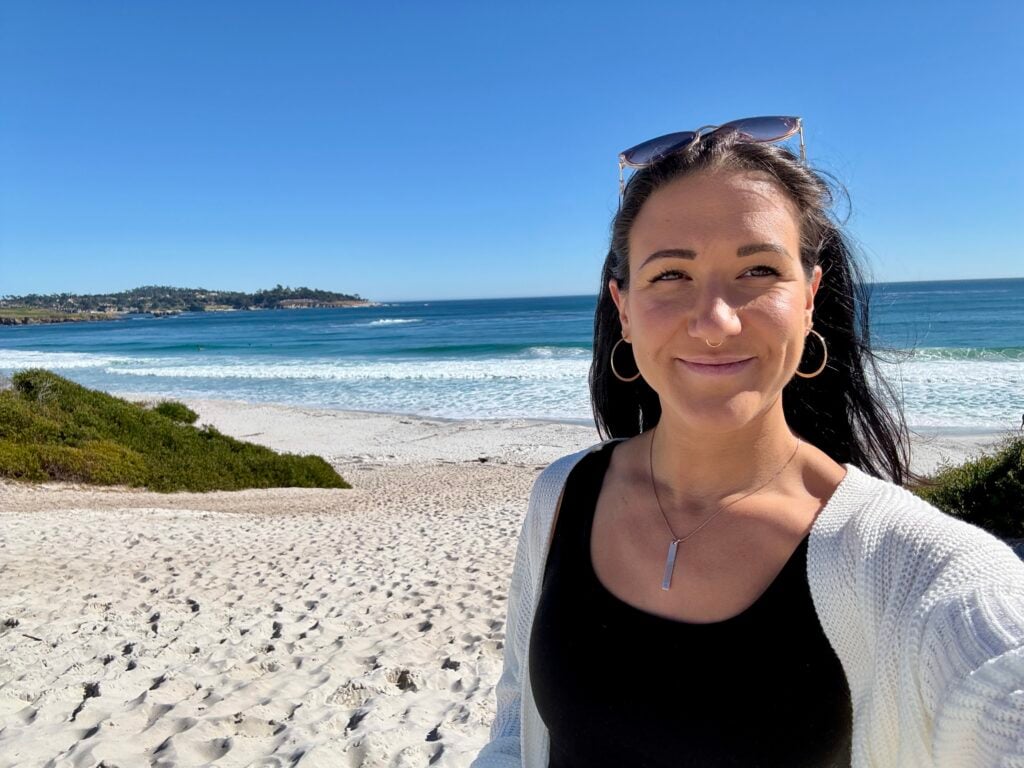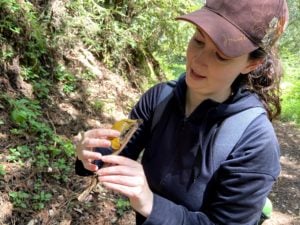Parents are often worried that learning two languages will confuse their child, but that’s not necessarily true. In fact, learning a second language can offer several benefits to your child’s overall development.
My name is Amy. I am an early childhood educator as well as the PR and Marketing Associate here at JLD Therapy. Today, we will be talking about bilingualism in childhood and touching on the different facts, myths, and questions that surround the topic.
What Is Bilingualism?
Bilingualism is essentially when you are fluent in more than one language. A super easy way to break down the different levels of bilingualism is by thinking about it in three categories.
1. Academic fluency: Think back to when you were required to take a language in high school or in college.
2. Conversational fluency: Where you’re able to hold a conversation in the second language.
3. Complete fluency: Where you can read, write, speak, and understand the second language as well as your first language.
Do Children Get Confused Learning Multiple Languages?
With bilingualism, there has been a common misconception that children should only be raised with one language because adding others into the mix can confuse them. However, that isn’t necessarily true. Raising children in a bilingual household can actually help them develop the language center of the brain in a more well-rounded way.
In addition, the child isn’t confused by too many languages, even though you see a mixing of languages as they get older. For example, Spanglish is where a child combines English and Spanish words to form a sentence like, “Yo get water,” or “I want agua.”
The brain will often default to one of the grammatically correct sentence structures, even though they’re utilizing both languages. However, that will smooth over naturally with time, exposure and further brain development. This combining of languages does not mean that they are actually confused.
How to Help Your Bilingual Child Gain More Fluency
To end this article, I have some recommendations from our speech-language pathologist:
1. Modeling: You should provide narration or modeling in everyday routines and offer your child opportunities to speak and listen in both languages.
2. Jump into it: Feel free to jump in with full sentences in the new language that you’re introducing, just like how you introduced the first language when they were learning to speak.
3. Use both languages: Ask the child questions in both languages, and if they need help with the vocabulary, offer options in both languages.
If you have any questions, feel free to give us a call at (408) 337-2727 and we’ll be happy to help.
BIO
Amy graduated Summa Cum Laude from the University of Redlands with a Bachelor’s Degree in Health Medicine and Society with a concentration in policy and management. Her passion for working with children was also what drew her towards Joy & Laughter Developmental Therapy as she worked as a preschool teacher in the past. She also speaks Vietnamese!





























































































































